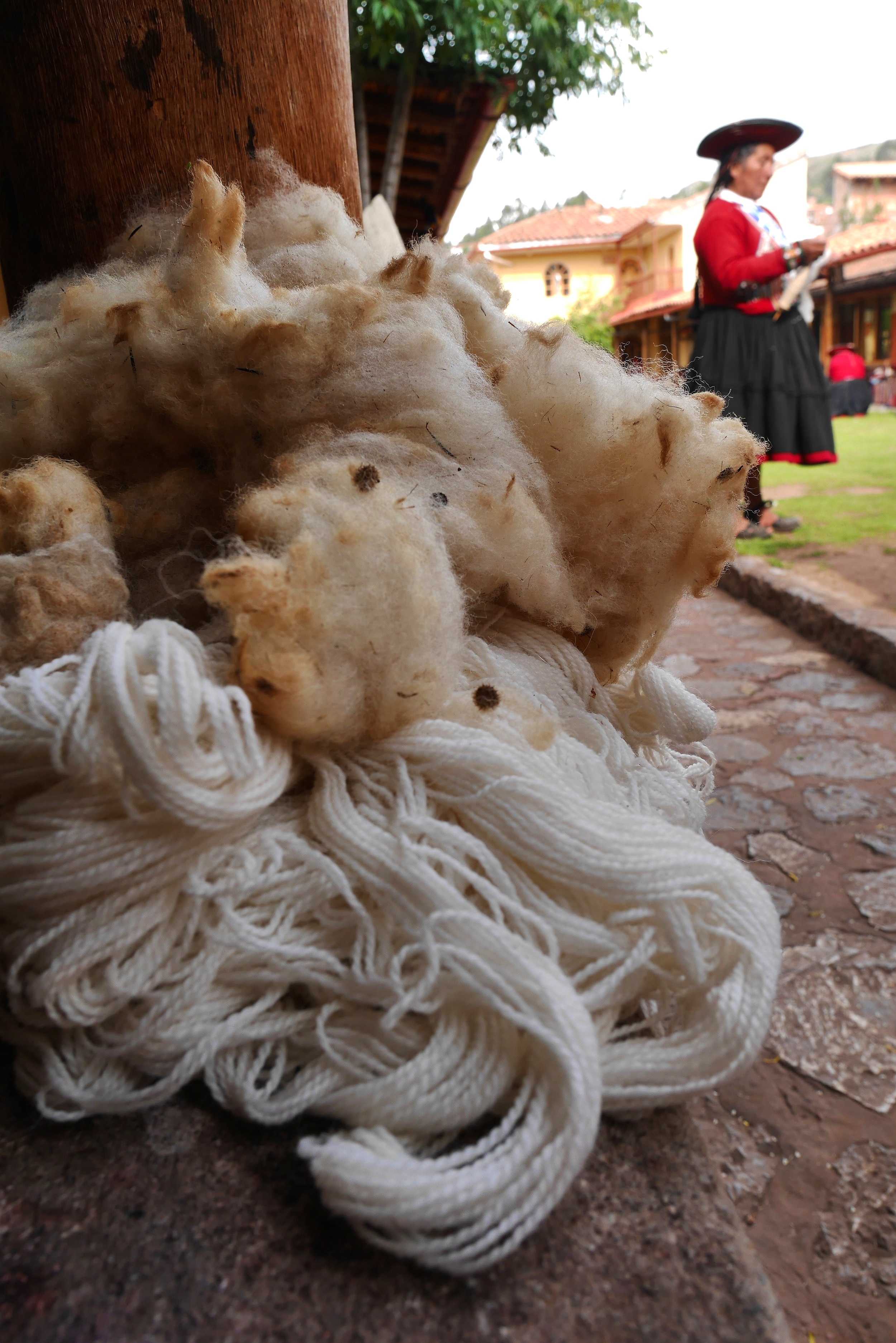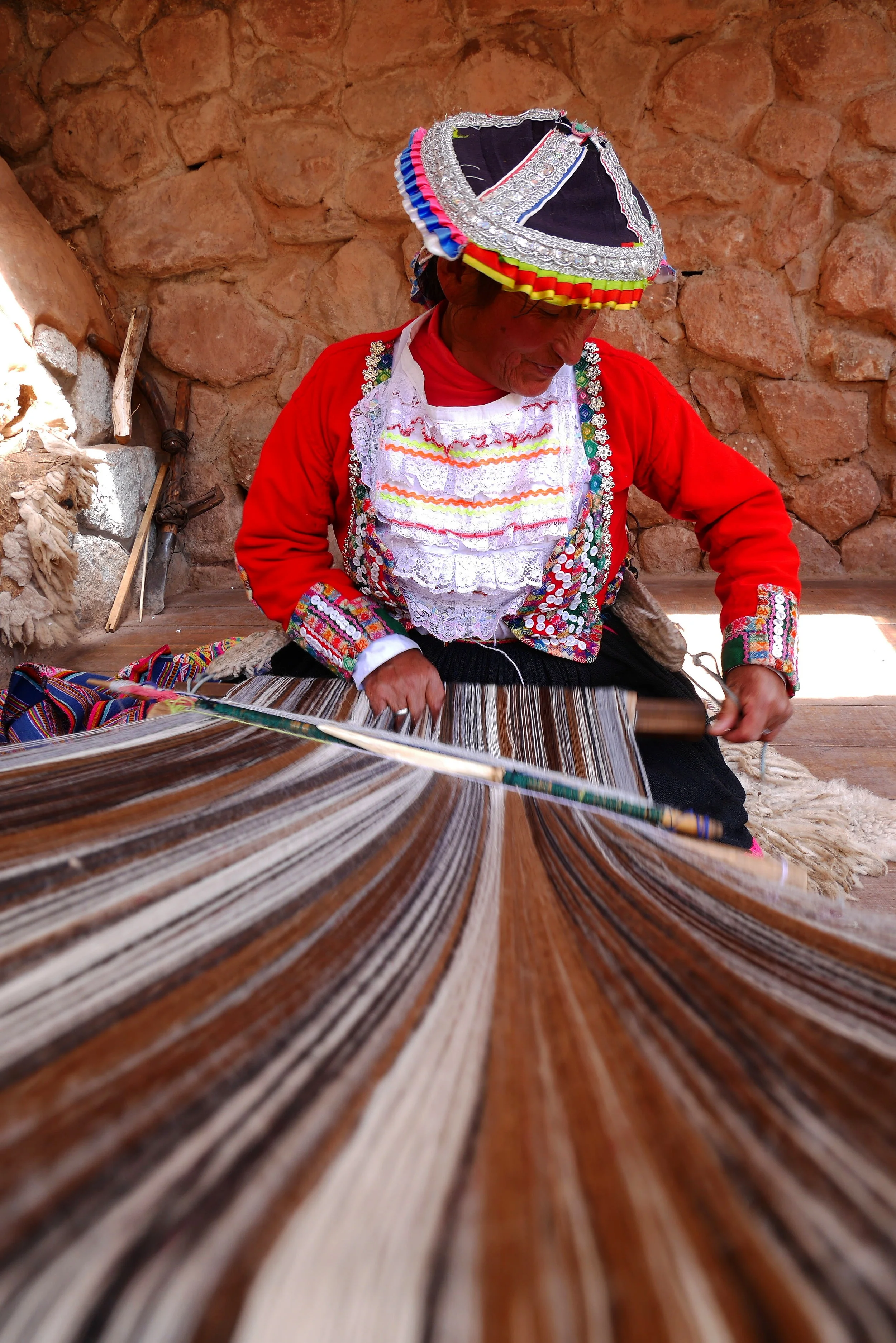Is that wool real?
A few ways to see if the wool is really wool and the rug is really handmade.
Learning how to tell the difference between handmade textiles and machine made textiles is a skill that we had to learn quickly. There isn’t a guidebook or a piece of equipment you can use to test this, but along with our research we have been given some great tips and tricks and gained experience in what to look for.
We’re Woven Rosa
we create distinctive homewares celebrating colour and craftsmanship. We partner with independent artisans from Peru, Mexico and Spain who use sustainable, traditional techniques, preserving their heritage. Inspired by sun-soaked travels, our handmade collections bring the spirit of summer and adventure into your home, with each unique piece designed to spark joy.
Here are some of our favourites: Ceramic Dinner Plates | Handmade Pasta Bowls | Cereal Bowls | Coffee Mugs
Here are a couple of tips on how to see if your wool is really wool and if your rug is really handmade…
Something that we learnt in the early days of our sourcing trips is that Tom (hilariously for me) is allergic to rugs. One day on the road with one of our artisans I think Tom must have set the world record for the most sneezes in an hour. Of course the problem was the animal fur, with the amount of it in the room and the unique smell you get from a room full of wool rugs. So the first lesson we learnt was to smell the rugs (me been the chief ‘smeller’ due to toms sniffy nose). As you can imagine natural fibres can hold a very earthy smell however synthetic wool does not so as the rule of thumb, if the wool smells then it’s likely to be real. Of course the rugs we sell are all professionally cleaned before we send them to you (if you’re interested in cleaning your rug Andean style check out our blog coming next week) but to the trained rug sniffers nose there may still be a hint of sheep. In my opinion a slight smell of sheep is a nice reminder of where your textile has come from and the journey it’s taken before reaching your home.
Another tip we were taught on the road was to hold the textiles up to the light. Unfortunately sometimes people can try and pass off synthetic wool as sheep or alpaca wool or use a blend. Synthetic materials are much cheaper and easier to come by, but devalue the tradition and craftsmanship of some of the textiles. So by holding the textiles up to the light you can see any synthetic materials shining like Christmas tinsel. The texture is also slightly different, which feels more plastic than coarse wool.
We’ve always had an appreciation for unique and un-uniform things, like my favourite pair of patched vintage Levis or my Grandmas unique Victoria vase. This mentality may have been half the reason why we fell in love with some of our handmade textiles. Whether it’s the slight change of colour through a piece, an asymmetric pattern or the difference in sizing, each product tells a story and for Tom and I we see this as a certificate of uniqueness and quality. It’s in these imperfections that we can identify our handmade products.
Our last tip looks at how rugs are handwoven, in particular in the Andean Mountains; the back-strapped loom which our rugs are made on are specific to each artisan and mirror the size of their hips and arm span, most commonly between 80cm and 120cm. The larger rugs we have are made by stitching two of the same or similar patterned rugs together. So get your measuring tape out and take a look at how the artisans make the rugs (see above picture) and if you happen to come across a large rug that doesn’t have a stitching down the middle and appears bigger than a humans arm span then it’s likely to not be handmade.
The tips that we learnt from our artisans and friends in the Andes were great but it got us thinking about whether there are more scientific ways to see whether wool is pure and after so investigating here’s what we found;
A very common test that we came across was burning a strand of the textile. If the strand is difficult to ignite, burns slowly and smells like burnt hair then it’s likely to be natural. If it burns quickly and is easy to catch on fire then it’s probably synthetic. (Please be careful and take precautionary measures doing this).
By placing a strand of the mystery textile in bleach (again, being extremely careful) and inspecting a short while later you can conclude that it is animal hair if the strand has started to dissolve while if it is only loosing its colour then it may be synthetic.
One last technique that we came across is felting the wool. This is a skill for all the knitters out there! In short, it’s a method of joining two strands of wool together by shortening half of the ply of each conjoining end equally and using boiling water and a rubbing motion (like making dreadlocks) the two strands become one. A far better explanation with images or videos is easily found on the internet. The point in case however is that only 100% animal fibre can be felted.
We are always looking to learn new things so please let us know if you have any other ways of testing natural wool.






